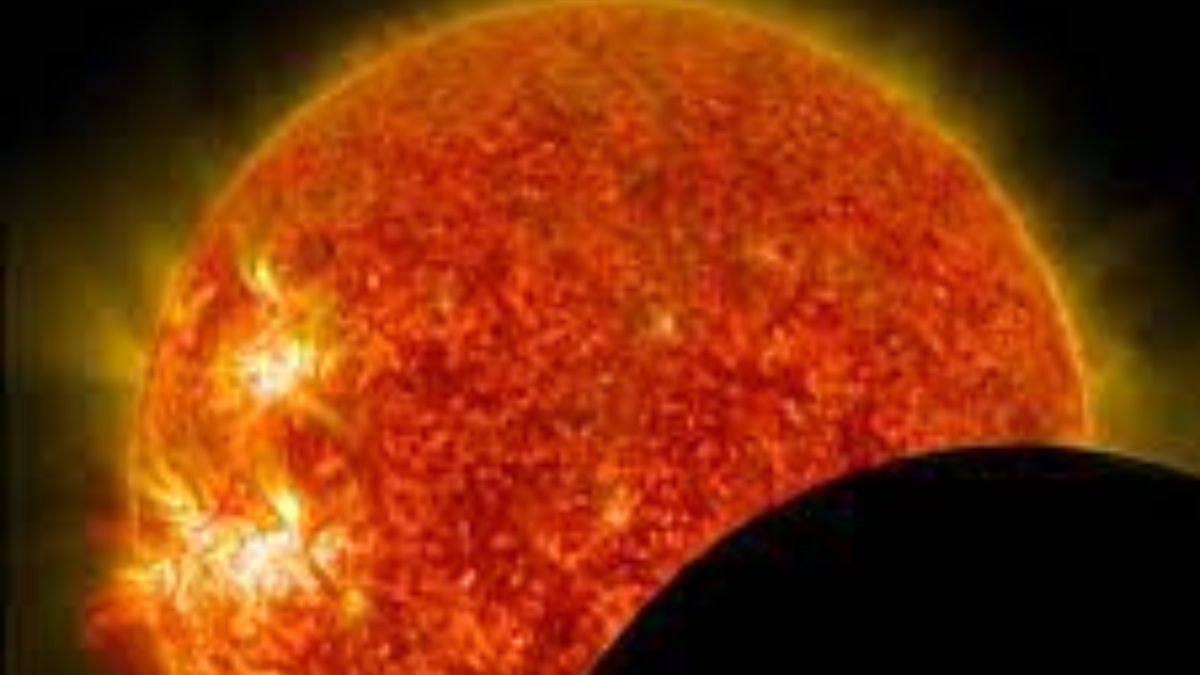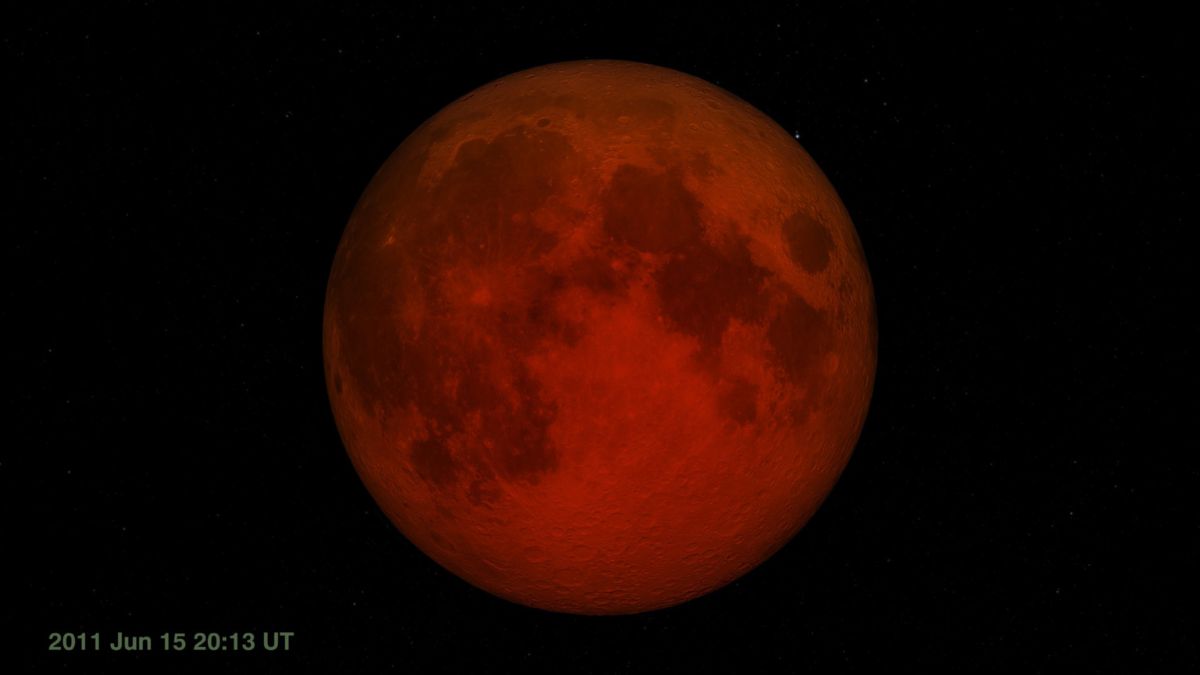Solar vs. Lunar Eclipse: The first astronomical event of the year will happen on March 25. It will be a Penumbral lunar eclipse. There will be a total of 5 eclipses, 2 solar eclipses and 3 lunar eclipses.. Let’s dwell on the differences between the solar and lunar eclipses to better understand this celestial information.
What is an Eclipse?
An eclipse is an astronomical phenomenon that occurs when a massive object or spacecraft passes into the shadow of another body or passes between it and the viewer. A natural eclipse, on the other hand, involves three celestial bodies: the sun, the moon, and the earth. Solar and lunar eclipses occur when the lights of the sun and moon are partially or completely obscured from the vision for a brief period of time.
Solar Eclipse 2023: Date, Time in India, Where and How To Watch The Rare Hybrid Surya Grahan Live?
Solar Eclipse (Surya Grahan)
Solar eclipses only occur during the new moon phase, when the Moon lies between the Earth and the Sun. The Moon casts a shadow on Earth during a solar eclipse, blocking or partially blocking our view of the Sun. Though solar eclipses occur as frequently as lunar eclipses, they are viewable from such a small area of Earth each time that seeing one is far more unusual.
 Source: NASA
Source: NASA
Lunar Eclipse (Chandra Grahan)
Lunar eclipses happen during the full moon phase. When Earth is precisely positioned between the Moon and the Sun, Earth's shadow falls on the Moon's surface, darkening it and sometimes colouring it a startling crimson over the period of a few hours. Each lunar eclipse can be seen from half of the planet.
 Source: NASA
Source: NASA
Difference Between Solar Eclipse and Lunar Eclipse (Solar vs Lunar)
| Solar Eclipse (Surya Grahan) | Lunar Eclipse (Chandra Grahan) |
| A solar eclipse happens when the moon passes in between the earth and the sun. | A lunar eclipse occurs when the Earth moves between the moon and the sun. |
| It occurs two to five times a year. | It happens twice or thrice a year. |
| Total solar eclipses, partial solar eclipses, and annular solar eclipses are the three forms of solar eclipses. | A total lunar eclipse, a partial lunar eclipse, and a penumbral lunar eclipse are the three types of lunar eclipses. |
| Happens during the day. | It happens at night. |
| A solar eclipse occurs on the day of the new moon. | A lunar eclipse is observed on a full moon day. |
| For a few minutes during a solar eclipse, the moon partially or completely obscures the sun's light. | The earth's shadow partially or completely obscures the moon during a lunar eclipse. |
| It lasts approximately 5-7 minutes. | It usually lasts for an hour. |
| It is not safe to see a solar eclipse with the naked eye. To avoid eye damage, one must use protective glasses. | It is entirely safe to view a lunar eclipse with your own eyes. It does not require any protective covering to be viewed. |
FYI, the upcoming first lunar eclipse of the year is a penumbral eclipse. The last penumbral solar eclipse occurred in 2022. Penumbral lunar eclipses happen at least twice each year. According to reports, this eclipse will be visible in parts of Ireland, Belgium, Spain, England, South Norway, Italy, Portugal, Russia, Germany, Japan, Switzerland, Netherlands, France. However, the Penumbral Lunar eclipse 2024 will not be visible in India.
Comments
All Comments (0)
Join the conversation